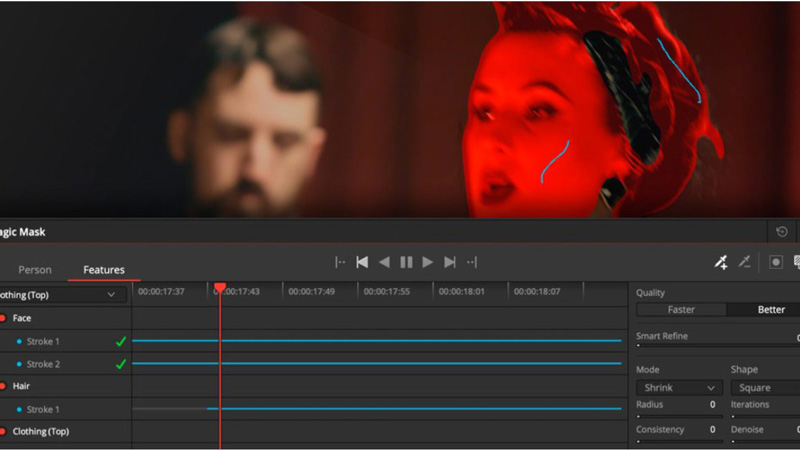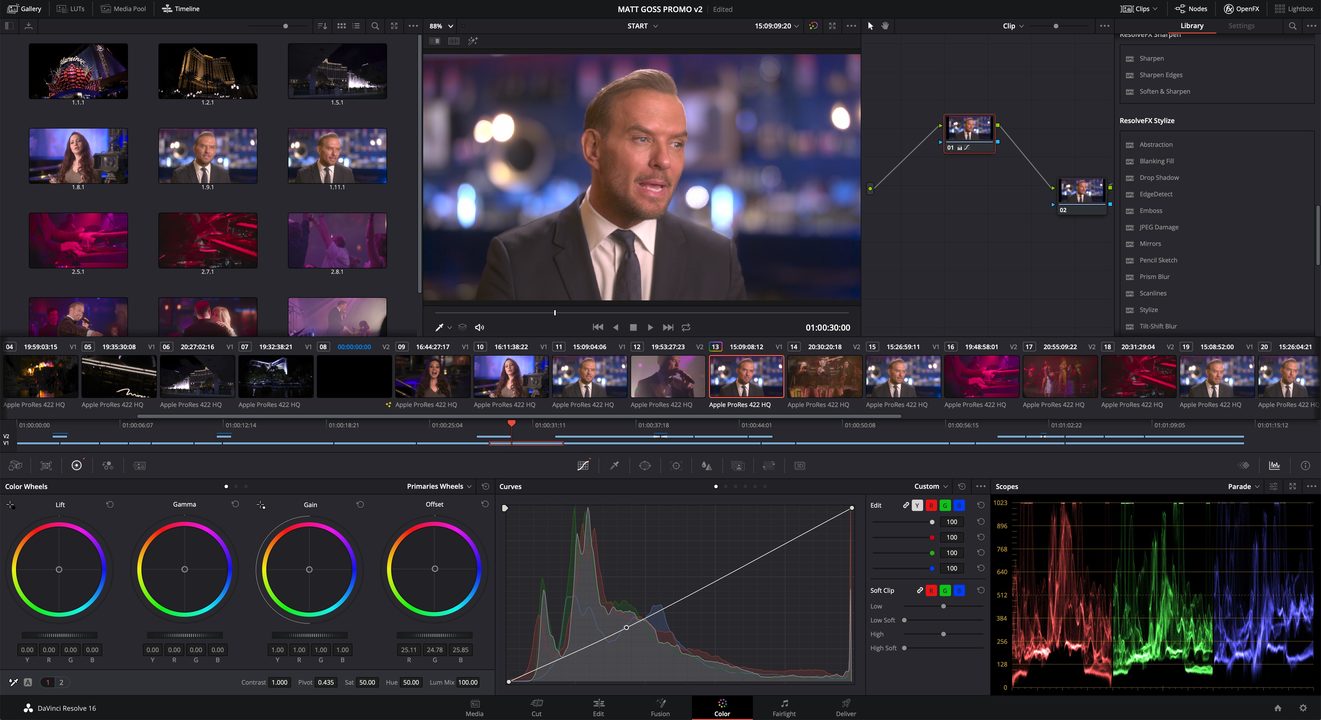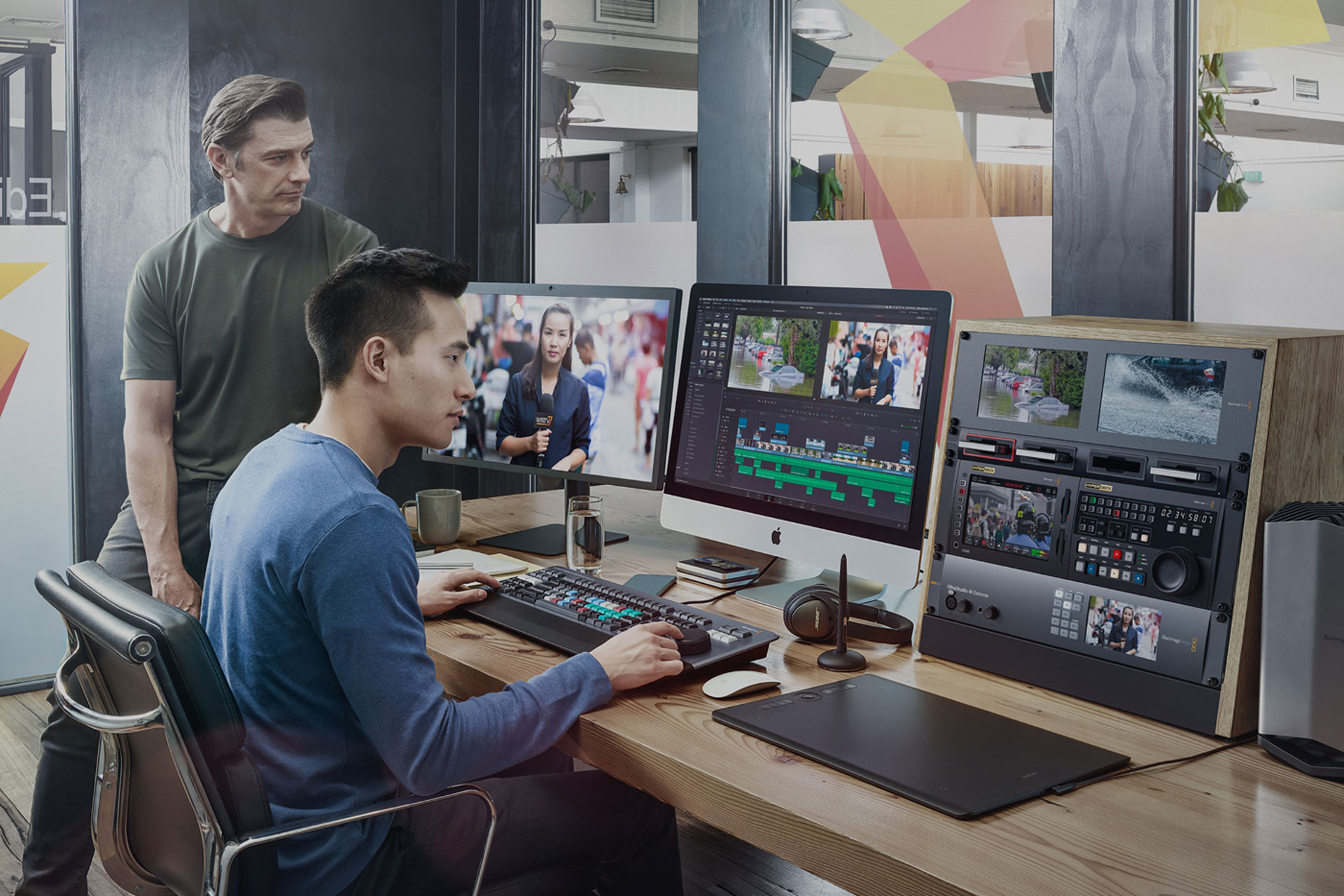


Of the 300-odd new items introduced with the release of DaVinci Resolve 17, perhaps the single most groundbreaking feature is the HDR palette – so much so that we thought it worthwhile to devote a separate section of our workflow to familiarize readers with a few of its functions. Part VIII: Why HDR Production Monitors Matter Part VII: The State of HDR Film Emulation LUTs & Plugins

Part IV: HDR to SDR Conversion LUT for YouTube If DaVinci Resolve doesn’t launch or start, then check this out – “ 14 Ways to Fix DaVinci Resolve Not Opening Issue“, where I discuss in depth on various fixes like doing a clean un-install, updating graphics drivers, etc.Part III: HDR Palette, project render settings, generate MaxCLL and MaxFall HDR10 metadata
DaVinci Resolve should successfully launch. Click on “ Continue” and you’re all set. If you’re a beginner, select DaVinci Resolve layout. After that, Resolve will ask you to select keyboard layout. In the next window, Resolve will ask you to select your media storage folder. In the next window, Resolve will ask to set up your project. If you click, then Resolve will do a quick system check – operating system and graphics card – to see if your computer is good enough to run it. In the next step, you might get a “ Quick Setup” window. If this your first Resolve installation, you’ll get the “ Welcome tour” screen: Launch your DaVinci Resolve and start playing with it. Click on “Ok” for “Installation Complete”. Read and then Accept the license agreement. Click on “ Next” in the “ Welcome to the DaVinci Resolve Setup Wizard“. In the “ DaVinci Resolve Installer” window, uncheck all the options except “DaVinci Resolve 17.0…”. Make sure to install all the necessary pre-requisite steps.  The process will start with the installation of “Microsoft Visual C++ Redistributable” (if you don’t have already in your computer, which is a pre-requisite). The process for installing DaVinci Resolve version 18 and 17 are same. How to Install DaVinci Resolve 18 or 17 on Windows 10?
The process will start with the installation of “Microsoft Visual C++ Redistributable” (if you don’t have already in your computer, which is a pre-requisite). The process for installing DaVinci Resolve version 18 and 17 are same. How to Install DaVinci Resolve 18 or 17 on Windows 10?








 0 kommentar(er)
0 kommentar(er)
